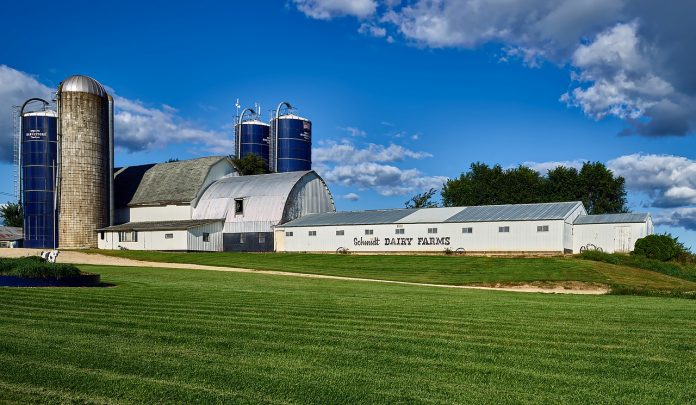Based on the Bureau of Labor Statistics, the unemployment rate in the United States has declined yearly since January 2010 at 9.8 percent to 4.8 percent in January 2017. Even within this year, the unemployment rate has declined from the high of 4.8 percent to 4.3 percent in July. This is a positive direction for the economy and for family financial stability.
Although this is an important aspect in the availability of potential employees for the farm labor, it is likely contributing little to the overall employment difficulties for farm labor.
The wages paid for farm labor are generally less than for non-farm labor. For example, in July 2017, the average wage rate in the U.S. for retail workers was $18.18/hour and for leisure and hospitality workers was $15.46/hour, which does not include benefits. In April 2017, the average farm wage for individuals working with livestock in the corn belt was $13.25/hour. Thus, wage rate and benefits certainly affect the availability of people for farm employment.
In addition, there is limited interest among people for working on livestock farms, especially dairy, given the type of labor needed and work schedules.
Immigration impact
The limited availability of farm worker and the uncertainty of changes in immigration policies continue to plague dairy farms.
Farm managers are constantly on the search for qualified personnel to fill the various needs on farms, often for positions requiring additional skills than previously needed, given the increased specialization of farms.
In a recent visit to California and the touring of various farms, it was shared that there is so much competition among farms for employees that nut growers were willing to pay more than dairy farms and thus employees were sometimes lured away from dairy farms by higher wages at other specialized farms.
To this end, farmers were sometimes hiring one additional employee to reduce the risk of getting chores handled if an employee suddenly left or didn’t show up to work on a given day.
So the common phrase among dairy farmers when asked if they have a position open is “applications are being accepted.”
In general for agriculture, we are graduating fewer students than the number of positions available. It is an opportunistic time for students to be graduating, relative to the number of positions available — including farm management positions.
Robots make sense
The difficulty in locating unskilled labor and the desire for farmers to work more with cows and less with people has resulted in the continual increase in use of robotic milking systems.
Currently, there are about 44 farms in Ohio with robotic milking units, with plans by additional farms to install such units in the near future.
Need managers
With either the conventional or the robotic milking systems, farm managers are needed and farmers have struggled with being able to hire qualified farm managers. Hiring unqualified managers usually results in increased turnover among the staff and the manager position becoming open again soon.
The manager’s role is so important for the sustainability of an experienced labor force, providing the care and well-being of the animals, and ensuring the financial success of the farm.
Dairy farm academy
With the limited availability of individuals for such positions and the desire among farm owners to gain additional skills for managers, Ohio State University Extension is launching the Dairy Farm Manager Academy. The intended audience is current farm managers and individuals interested in working in such positions.
The purpose of the program is to provide training to increase skills for managing cattle, personnel, and the financial aspects of the dairy farm operation.
There will be four modules offered, beginning February 2017 and running through August 2017. Each module is two days of commitment every other month and a webinar in the between months. The modules will alternate between Columbus and Wooster.
Interest in this program is being gathered at this time in preparation for the first group of participants.
Additional information is available by contacting me at 614-688-3059, eastridge.1@osu.edu — “applications for the program are being accepted.”
Greatest asset
Hiring and managing employees on dairy farms is an ongoing task for farm owners, a role that has its rewards but also its frustrations. Providing a positive work environment that meets people’s needs not only leads to an engaged, committed work force, but it is important for the financial success of the operation given that labor is typically the second largest expense item for a dairy farm.
People are the greatest asset on the farm. Focusing on communication, defined roles, understanding needs and ambitions, and providing a reward structure are some key aspects to working with farm employees, whether they are family or nonfamily employees.













